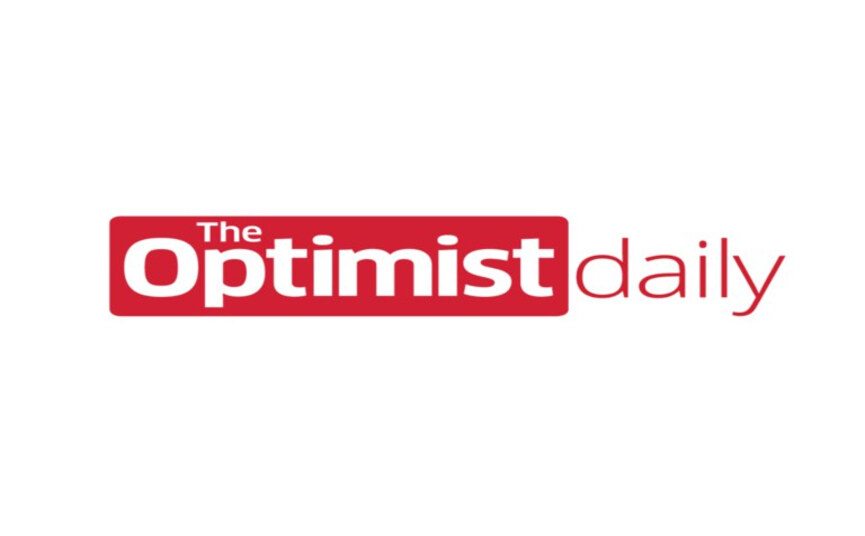Seeing in a new light
When France won the 2018 World Cup in Moscow last week, it was hard not to notice the diversity of the team and the abundance of African surnames on the jerseys. The majority of the 23 French team members, 16 to be exact, are immigrants or children of immigrants from countries like Mali, Guinea, Cameroon, Togo, Angola, the Democratic Republic of Congo, and Algeria as well as Germany, Portugal, and Spain. In a time fraught with tension over immigration, refugees, and global migration, this World Cup underscored just how intermingled and diverse we are as a human family in a modern world. It was a nice reminder that in diversity we find strength and adaptability.
Nature too uses difference to propel movement and adaptability. Heterogeneity in DNA allows populations to adapt to changing conditions. It’s central to the way species evolve. Ecosystems that contain higher genetic diversity are more resilient and more able to respond to changes in climate, topography, or interspecies competition. Similarly, having diverse experiences and a heterogeneous set of ideas leads to innovation in business, science, the arts, and in our local communities. Even if at times too much newness can disturb our psychological equilibrium.
Cross-Cultural Bonding Fosters Creativity
The ever-increasing scale of cross-cultural interactions both within and across national boundaries has given rise to new challenges as well as new opportunities. As more groups of migrants from racially and ethnically diverse backgrounds enter a more homogenous community, some feel averse to their differences. This feeling can be heightened by fear-mongering and scapegoating rhetoric, deployed by highly visible politicians and other public figures. Despite the American lore on being a “nation of immigrants” and its long history of immigration, the United States has fluctuated between perceiving immigrants as valuable human capital and as irredeemably other. France may not have the same “melting pot” ideology, but it too has a diverse mix of migrants in its cities; people from former colonies move to Paris in search of better economic prospects. Migrants to both nations find a mix of new opportunities and societal suppression. In spite of the cultural challenges they face, migrants often bring curiosity, a different perspective, and can find new ways to solve old problems.
Although we find comfort in uniformity, the familiar ground may not be the best place to cultivate creativity. Homogeneity can act as a barrier to the spread of ideas and the expansion of one’s consciousness. Adam Galinsky, a social psychologist at Columbia Business School, has found that when people share deep relationships with someone from another country, they become more creative, have more innovative ideas and even score higher on creativity tests. He explains that it’s not simple travel in other countries or having light connections with visitors, but rather spending immersive time in a different context that broadens the mind. It’s not just knowing someone from a distant land, but rather dating someone from another culture that brings new thought patterns to the fore.
Our connection to others gives meaning to our lives and these connections lay the foundation for change and growth. Developing meaningful, long-lasting relationships with people from different cultures, often many different cultures are key in building diverse, strong communities that can lead the way in achieving significant societal progress. On an individual level, a close friendship, working relationship, or romance with someone from another culture has been shown to enhance our creativity and innovativeness. And thanks to globalization, the opportunity to form meaningful cross-cultural bonds could be as close as the neighbor across the street or the office cubicle next to you.
Building Walls Between Cultures Runs Counter to Innovation
If we were all the same, the world would be VERY a boring place. This is something my mother told me as a young child, and she was right. Differences and dis-similarities fuel many great experiences throughout our lives and spark some of the most interesting conversations. Why is this? Because different perspectives force us to think out-of-the-box—more creatively. In the words of Kamila Shamsie, a dual national of the UK and Pakistan, “If you lock the doors, you only lock yourself in.” In another study that Galinsky talks about, he and a team of researchers looked at every fashion house in the world over an 11 year period. They found that when the creative director had spent time living and working abroad, the entire fashion house became more creative.
Diversity jolts us into cognitive action in ways that homogeneity simply cannot. This also holds true for scientific research. According to a study by Harvard economics professor Richard Freeman, diversity leads to higher quality scientific research. He conducted a study on the effects of diversity in science and found that published scientific research receives greater attention if the authors are ethnically diverse. In his words, “diversity in inputs by author ethnicity, location, and references leads to greater contributions to science as measured by impact factors and citations.”
Strengthening Communities by Welcoming All
Why is it that entrepreneurs in the United States are twice as likely to be immigrants than native-born citizens? And what can account for the finding that the most often cited scientific papers – a marker of how groundbreaking the research contained in the paper is – are more likely to have co-authors that come from different ethnic and cultural backgrounds? Could it be that cross-cultural experience improves one’s ability to come up with new ideas? Could it be that the exchange of ideas and experiences that comes with migration is essential for society to grow and prosper? More and more studies are finding this may be so.
Regardless of our backgrounds or where we find ourselves in the world, we flourish when we open ourselves to a blend of diverse voices, experiences, and perspectives. A recent study revealed that immigrants account for a significant portion of U.S. innovation, with 36% of innovators born outside the United States. Another 10% of innovators have at least one parent born abroad. Although first-generation immigrants only make up a small 13% of the United States population, they represent 17% of the U.S. workforce. Over 17% of these innovators are not even U.S. citizens, yet they are making invaluable contributions to our nation’s progress and productivity.
Diversity is embedded in the beginnings of this nation, and it is one of America’s greatest strengths. When we decide to limit new experiences, we also limit our ability to adapt. We limit our ability to think of new solutions and come up with the next new idea, the next solution. We must come to appreciate diversity as not only an asset but as a necessity. A humane and just immigration policy is vital to the long-term prosperity of the United States and the world as a whole. We must embrace diversity if we want to flourish and realize our highest potential.
Invitation to Readers
We live in a world that is exceptionally diverse and substantially unequal. To achieve equality and justice in our world, we all need to connect with a genuine sense of empathy for the experience and culture of others. In her poem Human Family, Maya Angelou asks us to see beyond our minor differences and realize that “we are more alike, my friends, than we are unalike.” It is in this light that we must approach the challenges we face as a society.
Now more than ever, local issues go global and global issues become local. At the Optimist Daily, we have a profound and lasting commitment to empowering readers with a thorough understanding and awareness of the world around them. We hope this week’s Optimist View stimulates new thinking and raises new, powerful questions. Above all, we want to remind you that you are not alone in the challenges you face; this is a collective quest and as individuals, and in groups, we can bring about lasting change. We must learn from the champions of the 2018 World Cup and find unity in our diversity.

Embracing diversity, welcoming insight
More of Today's Solutions
10 tasty alternatives to deli meats for your sandwiches
When you need to whip up a last-minute lunch for your kids, deli meats can seem like a savior. Just slap a slice of ...
Read MoreUniversal cancer immunotherapy may be possible through protein engineering
Scientists at ETH Zurich have made significant progress in developing a ready-to-use immunotherapy treatment for cancer. A synthetic protein modification can allow immune cells ...
Read MoreClucking good music: New Zealand Symphony Orchestra plays music for chickens
A rather peculiar audience gathered on a peaceful morning at a gorgeous Hawke's Bay farm in New Zealand to witness a remarkable musical performance. Members ...
Read MoreTop 5 Martin Luther King Jr. speeches that aren’t “I Have a Dream”
Martin Luther King Jr.'s impact on the Civil Rights Movement extended beyond his well-known "I Have a Dream" speech. According to Jason Miller, an ...
Read More










